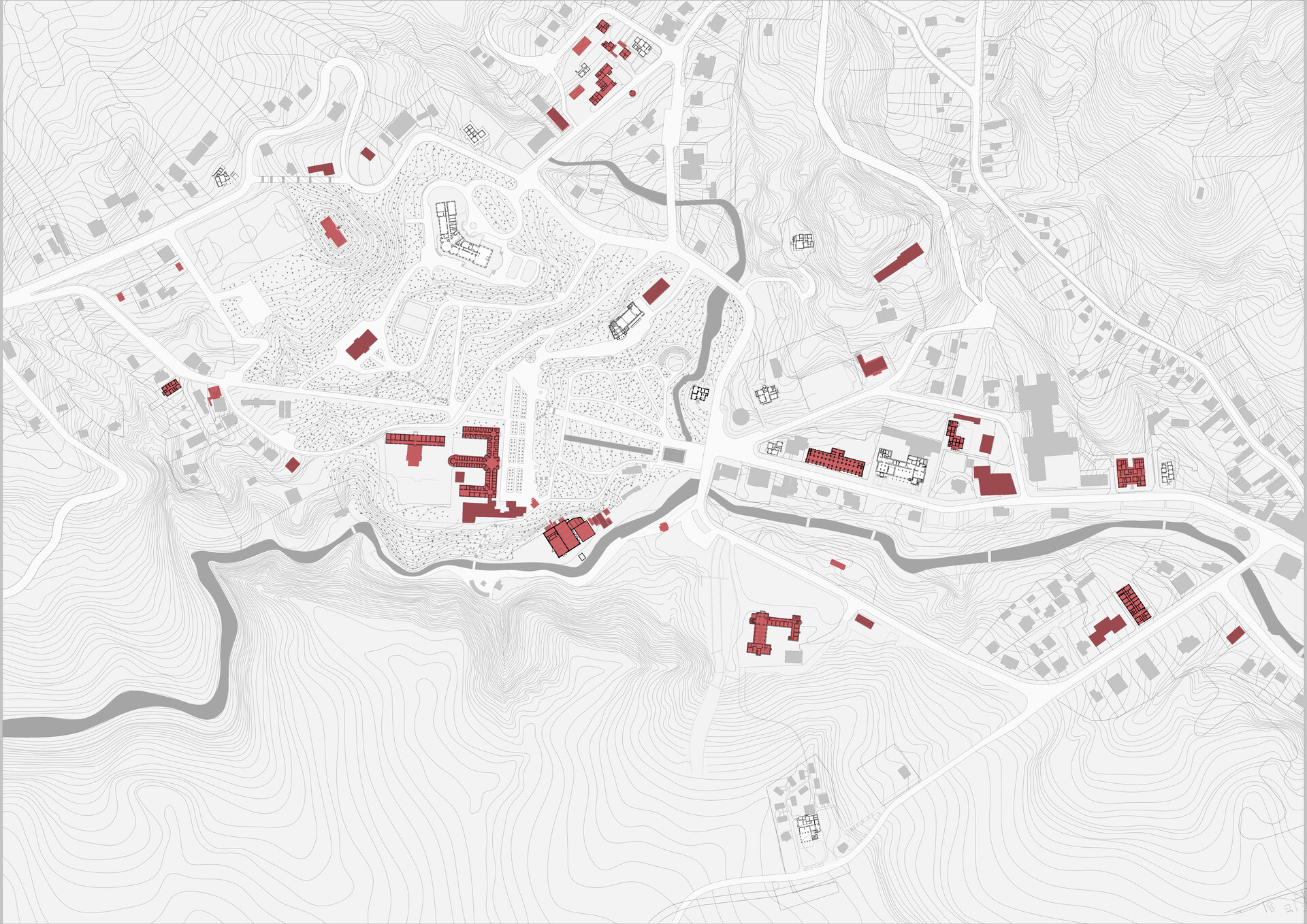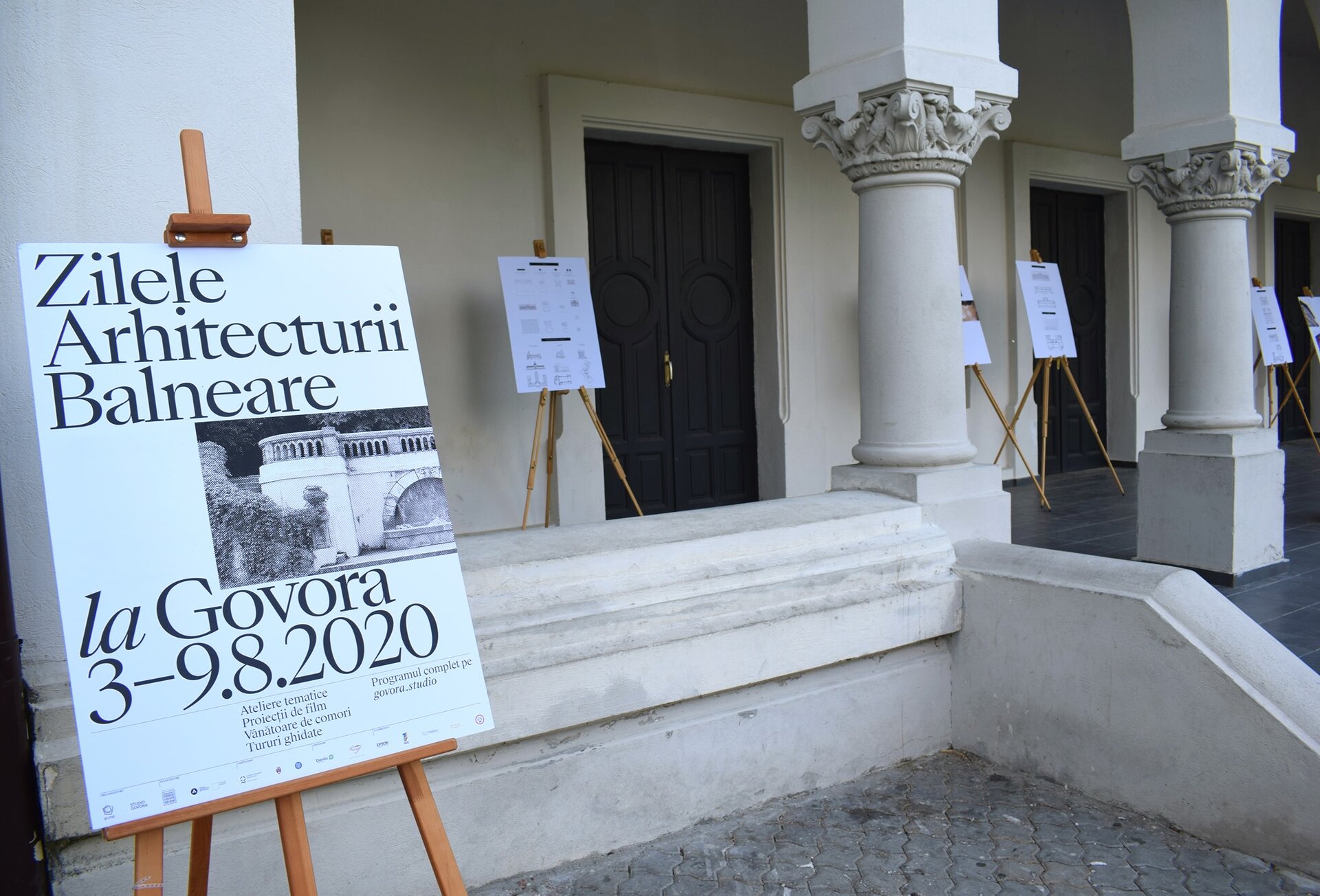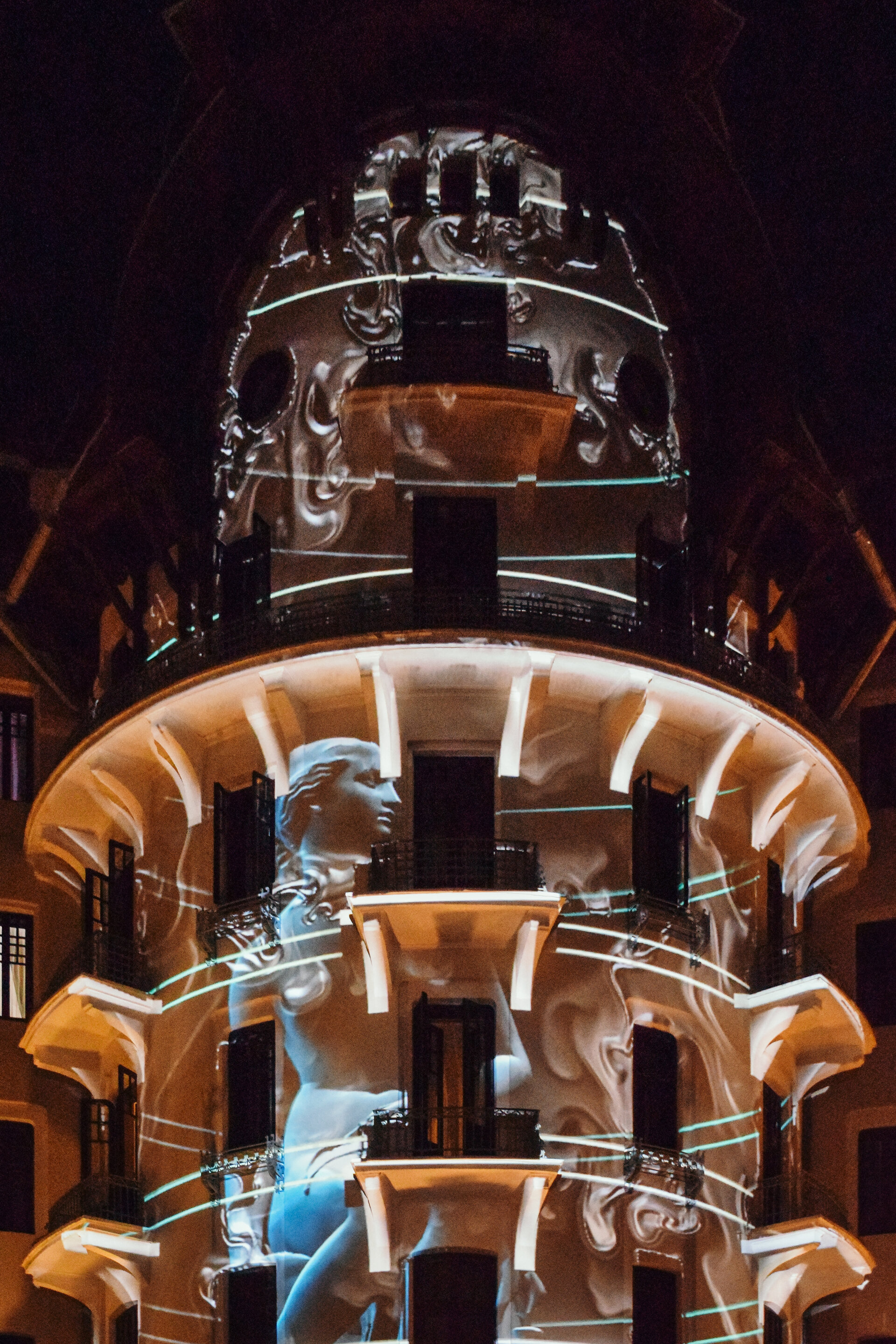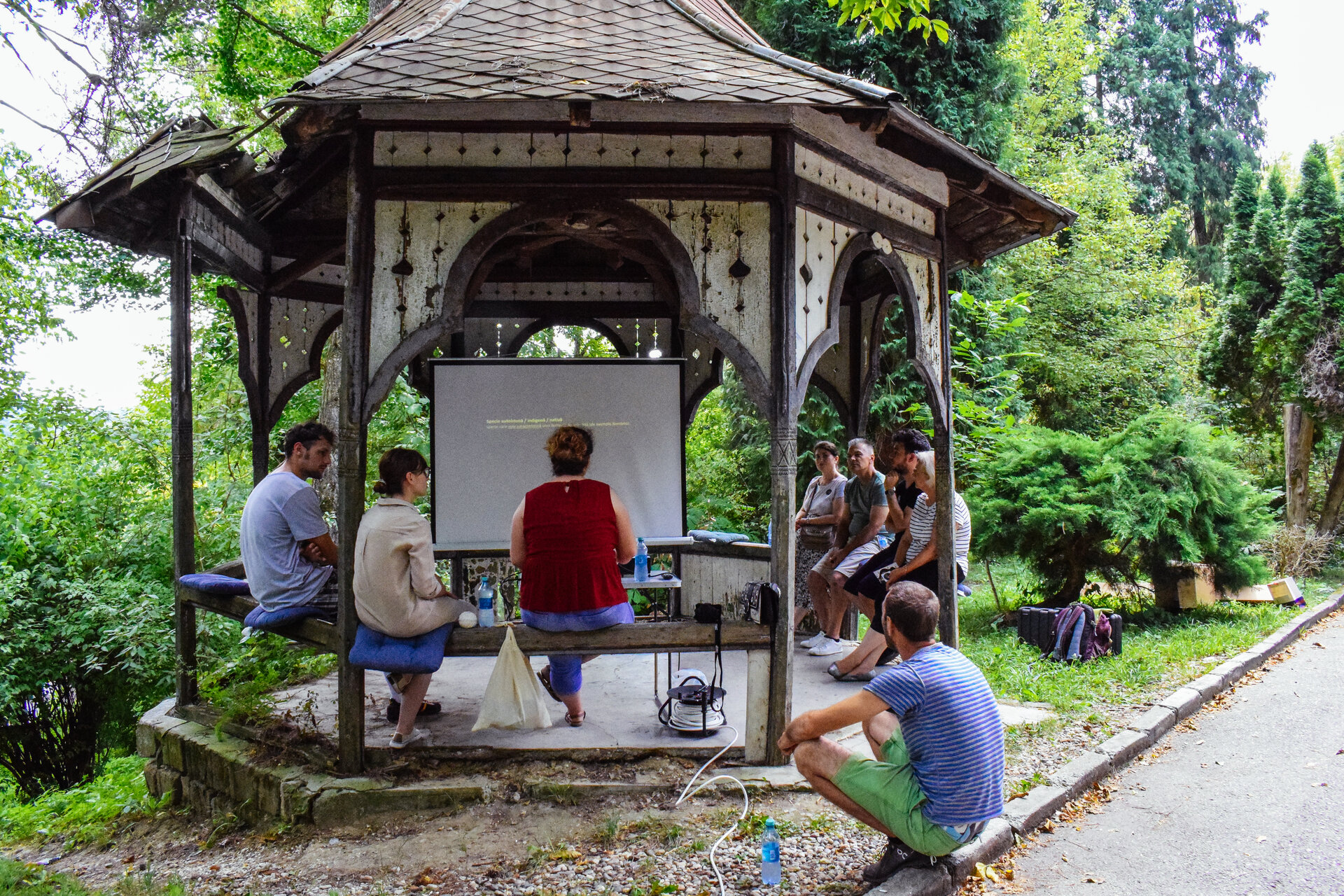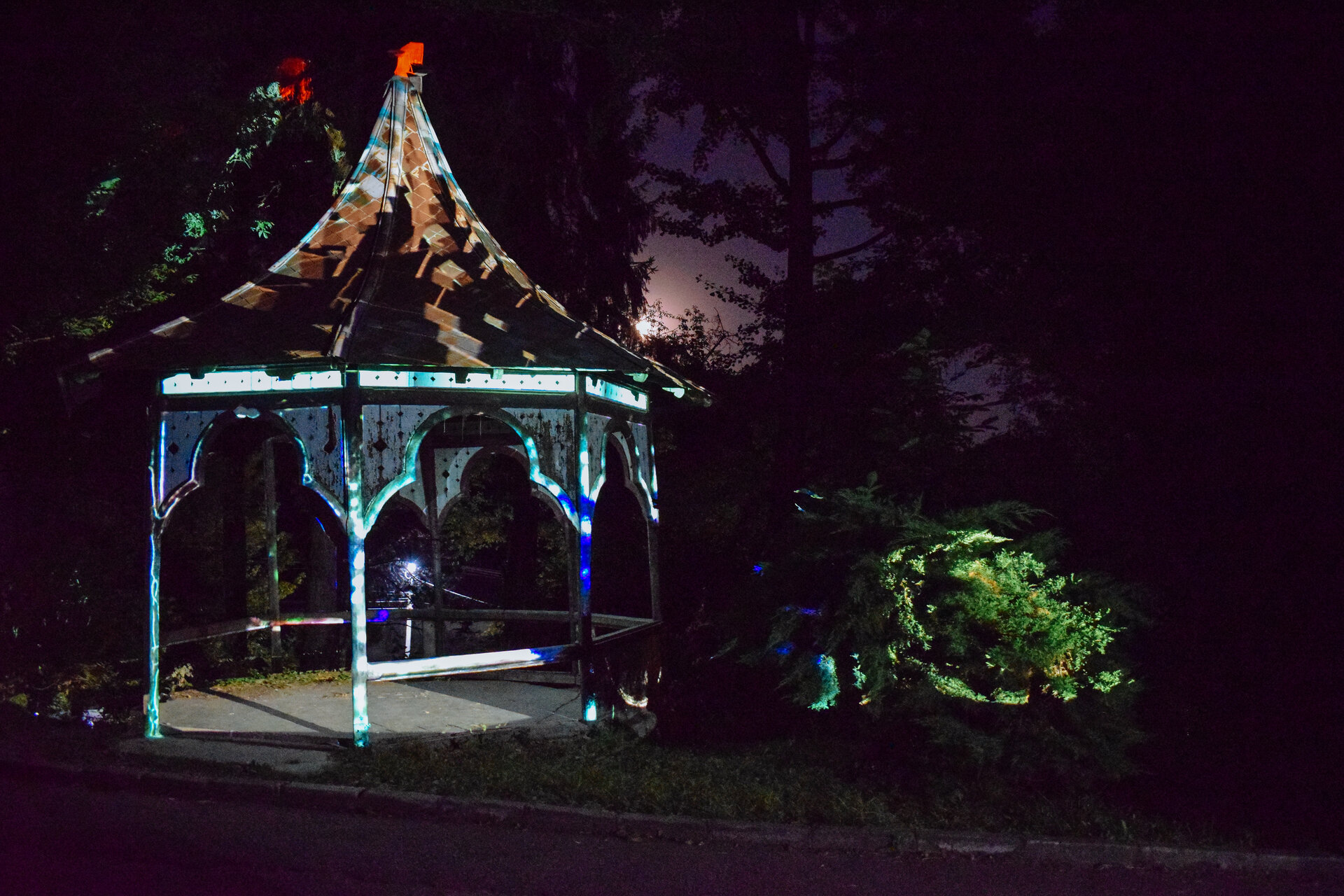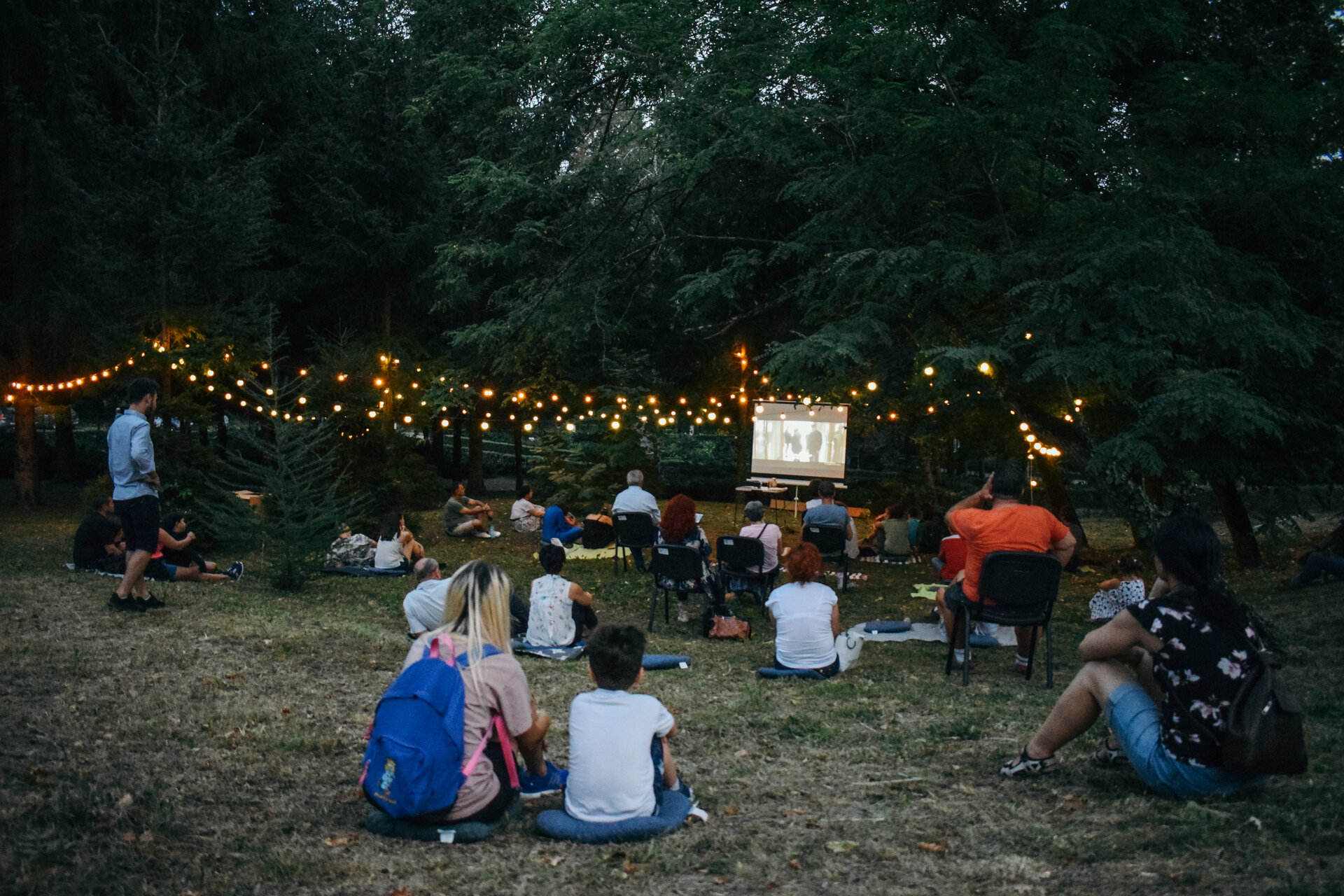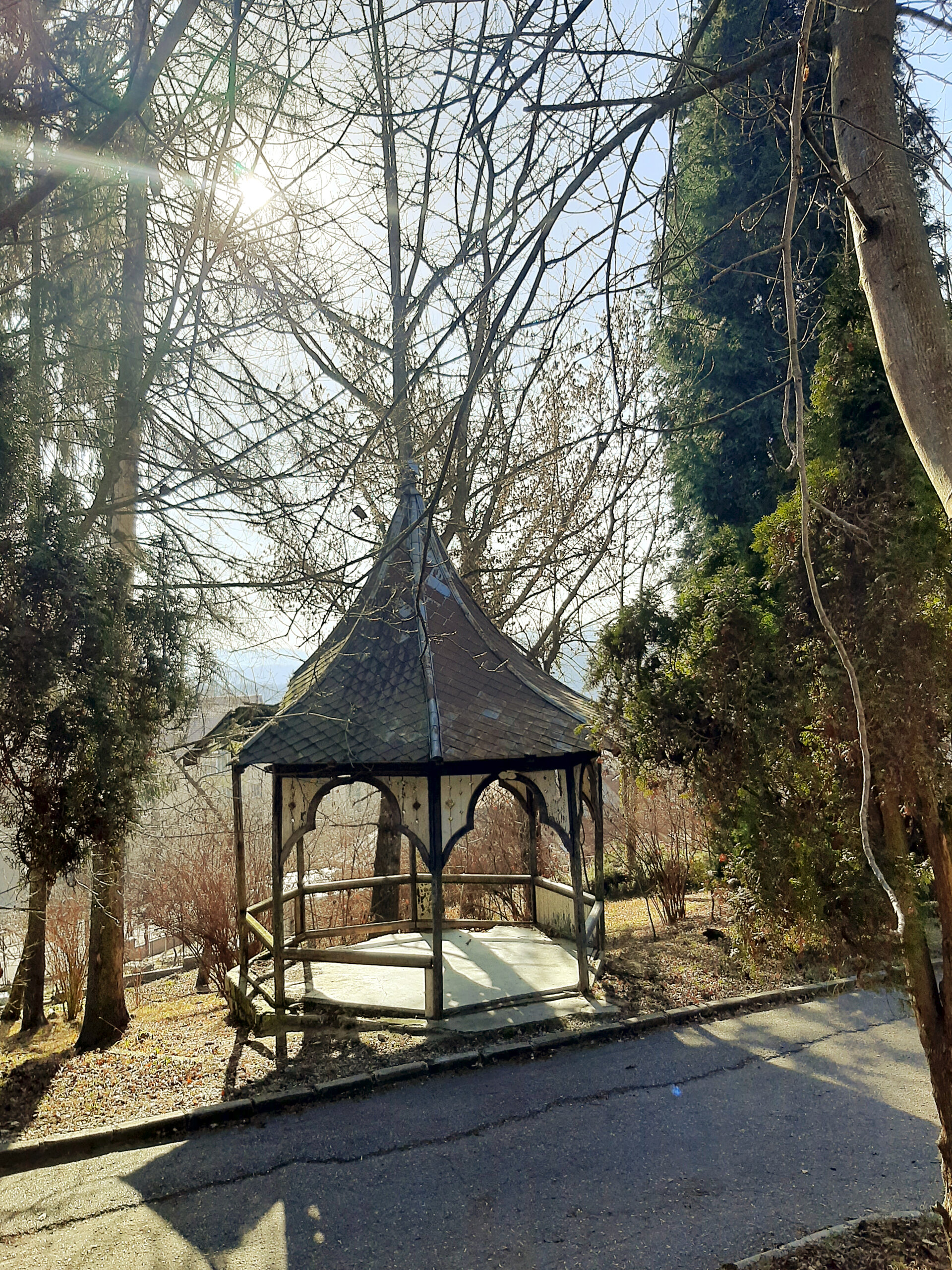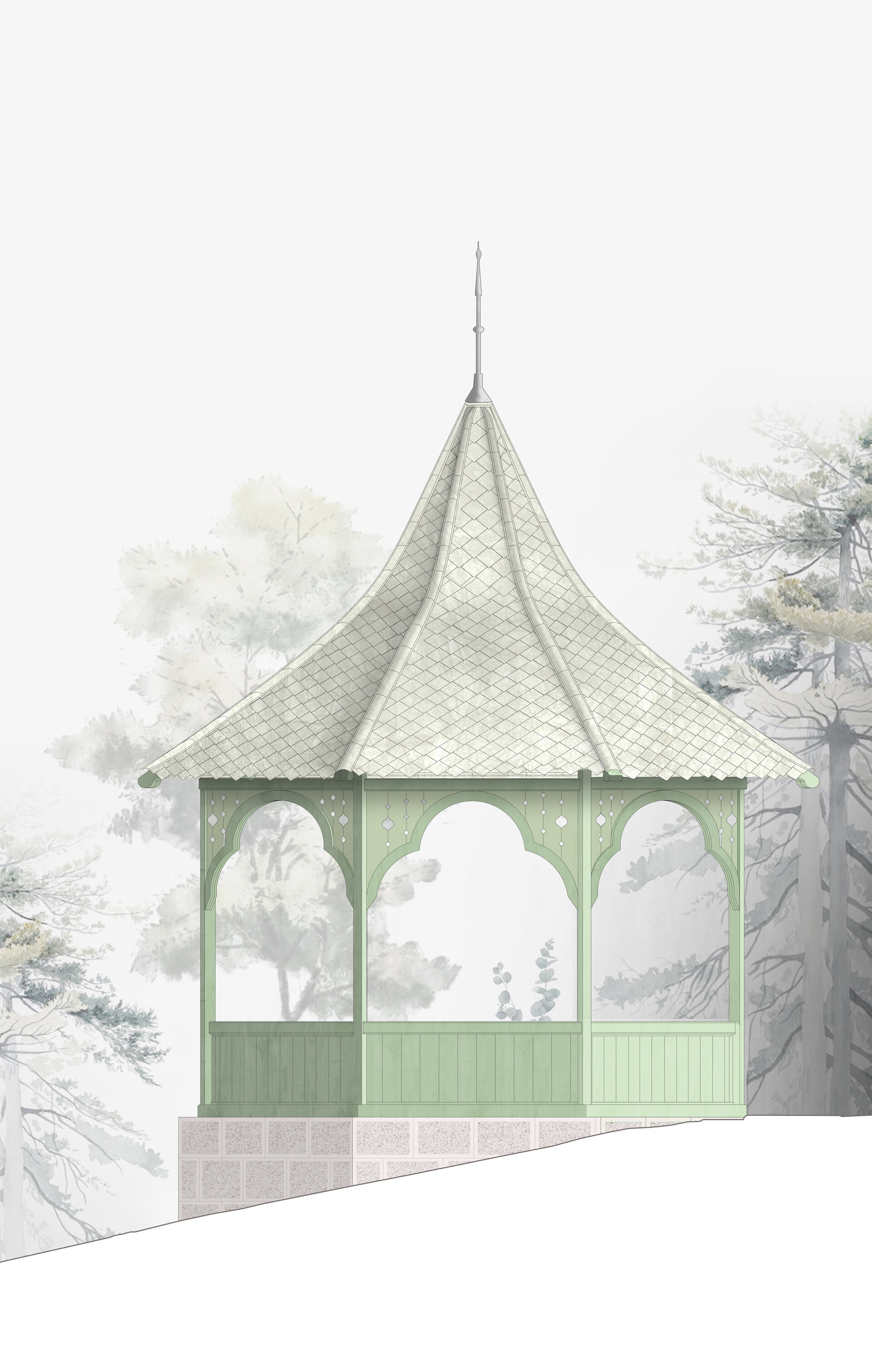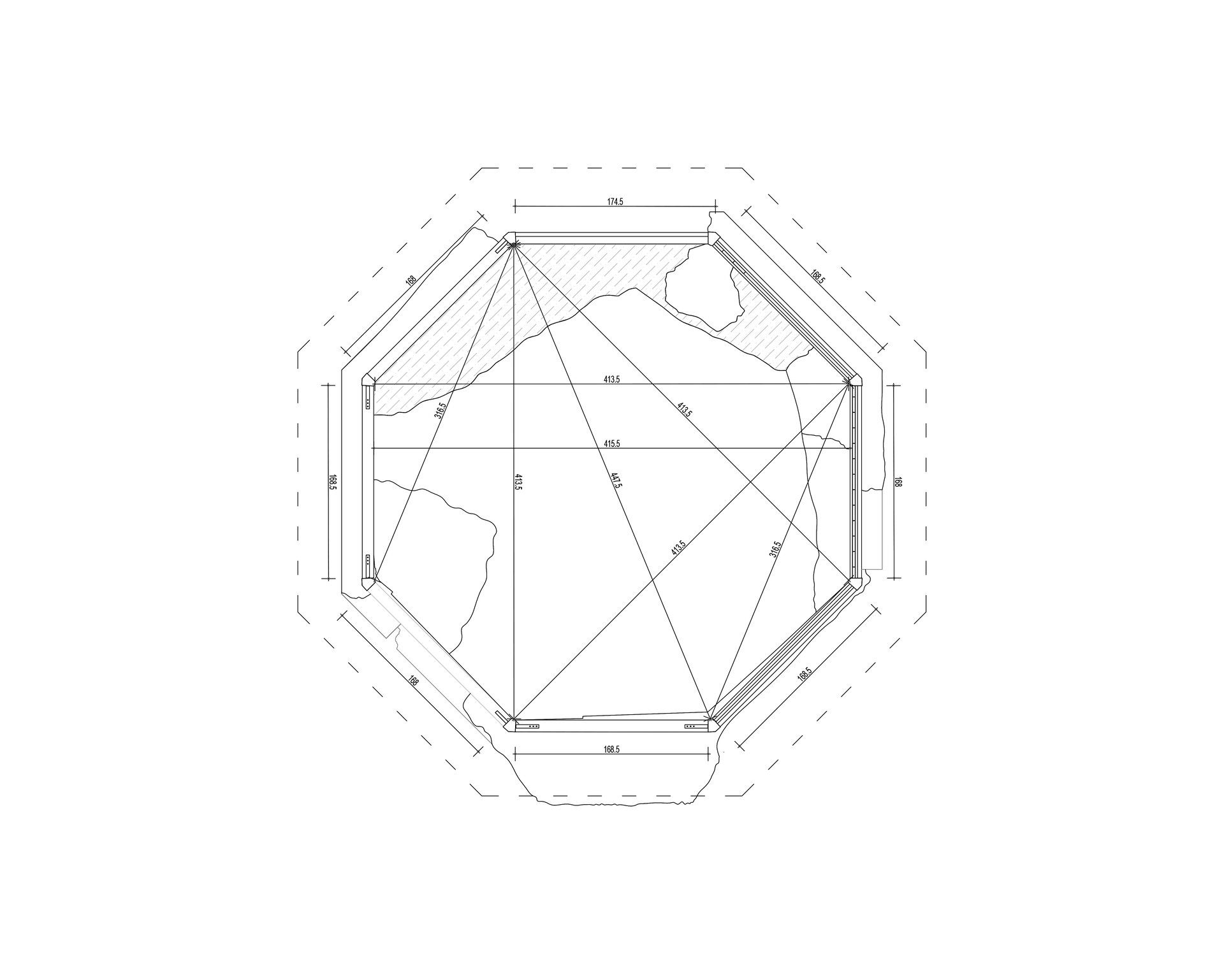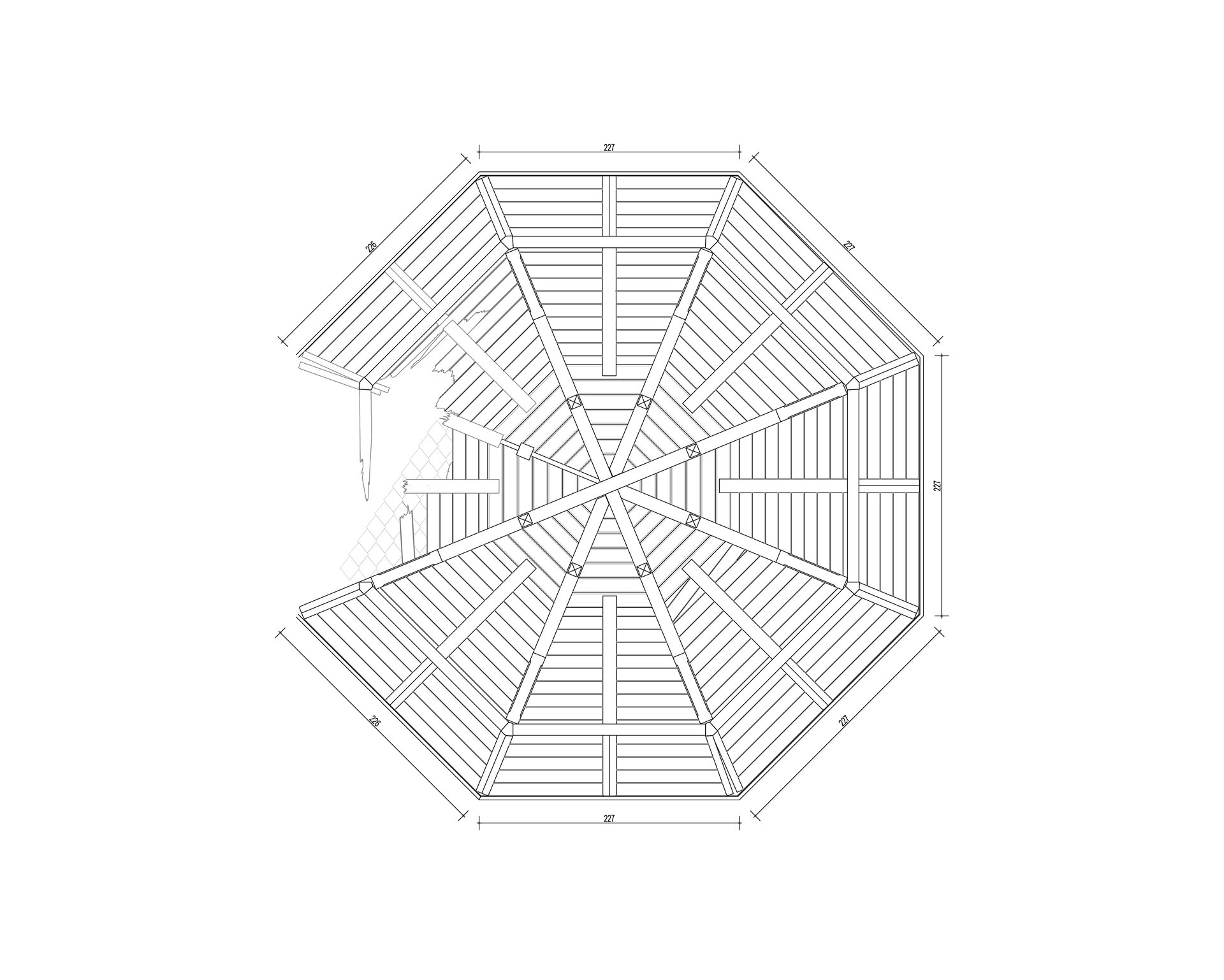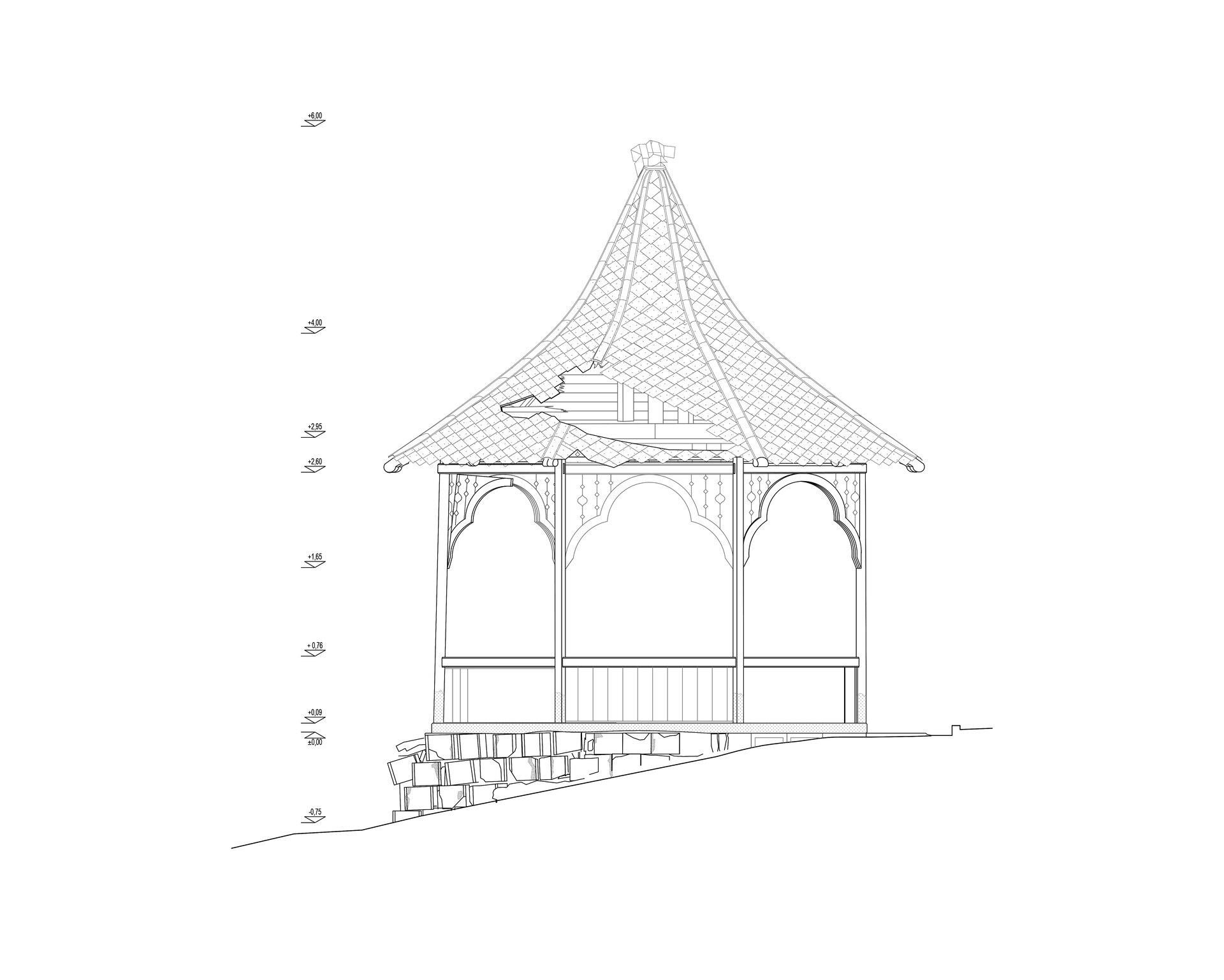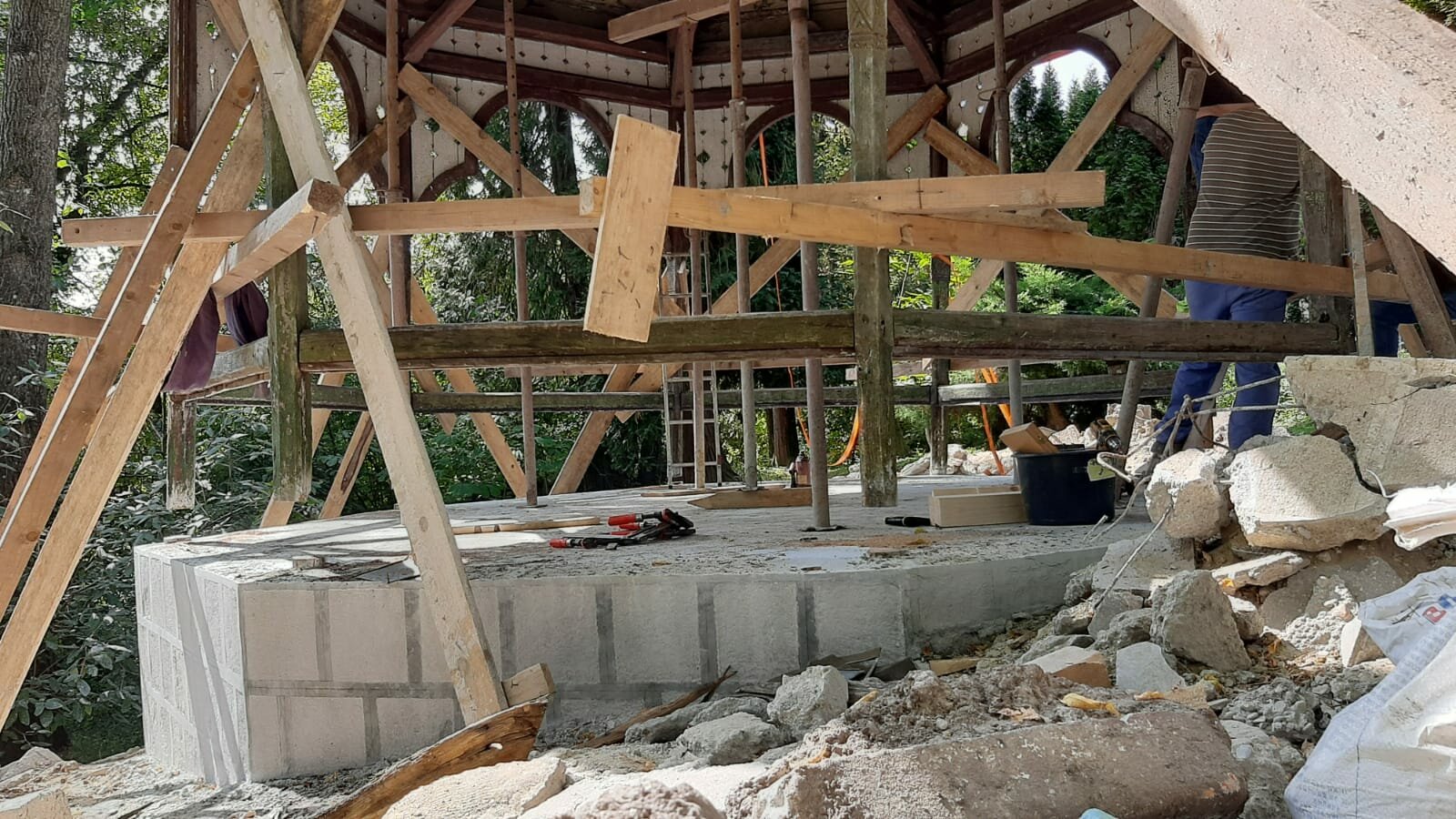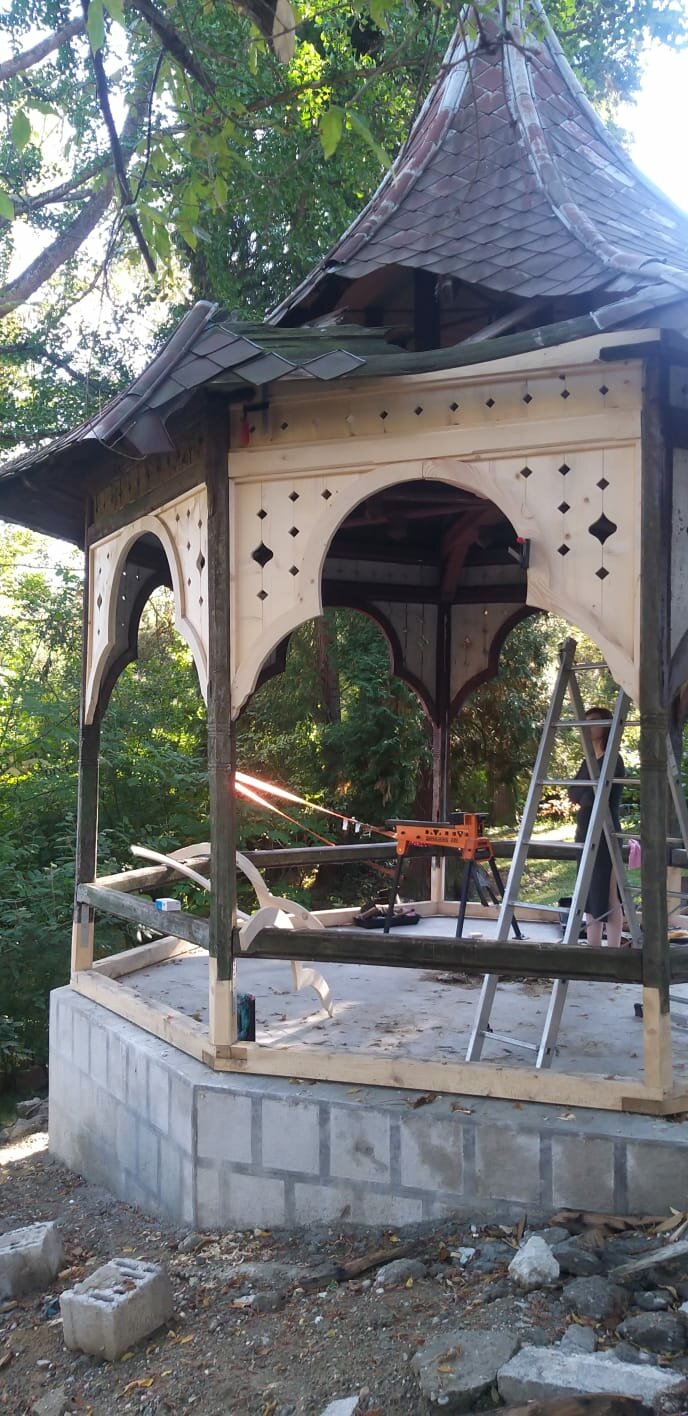
- Nomination for the “Research through Architecture / Architecture and Experiments” section
Govora Thermal Architecture Week
Authors’ Comment
THE THERMAL HERITAGE CRISIS IN GOVORA – RECOVERING IDENTITY
In the same way in which Băile Govora was built in a short period of approximately 30 years, the stop of mass tourism triggered the opposite process – its decline. Today, approximately 30% of its historic buildings are abandoned and in an advanced state of decay. Most of them are of considerable size and define the town’s identity as a thermal settlement characteristic of the late 19th- early 20th century.
The critical stage of local heritage together with the vague premises of current strategies call for a reevaluation. Reclaiming its own identity depends on the just measure of punctual interventions that aim to recover the architectural and urbanistic values of the ensemble. Govora has never undergone a complete process of systematization and thus still preserves significant fragments of the town’s historical form, materialized through a series of isolated autonomous objects that gravitate around the Thermal Park. The premises of an ideal city are thus visible and vary from the iconic areas of the city to the beautiful places that are inhabited.
Govora Thermal Architecture Week took place between 3-9 August 2020 and included activities such as guided tours, exhibition, themed workshops, film evenings, Amural light projections on the most representative buildings of Govora, with the role of raising awareness of the value of spa heritage.
One of the main aims of the Studio Govora project is to manage the current state of Govora’s heritage through documenting its specific characteristics and materials, architectural typologies and particular urban features. All these will be covered in a Guide to upkeep and repair buildings in Băile Govora. This instrument will not only serve as a glossary, but will also help prevent future destruction or decay of heritage, through raising the awareness of the community regarding these values.
The way in which the town was built often blurred the lines between private and public space. Thus Govora can also be experienced as a vast and fluid space in which the garden (of any type) is a significant part. Given this aspect, it is essential to reactivate public spaces. Studio Govora proposed a first on site intervention: restoring the only remaining historical gazebo, dating from 1938. This intervention is easy to implement and capable of being relevant for the local community. Fragile and degraded, the gazebo has been restored with traditional techniques.
- Uranus Now. Urban and community project
- B:MAD Bucharest Modernism Art Deco
- Govora Thermal Architecture Week
- MAZZOCCHIOO
- Inside – the Instagram housing
- Breaking Ground. The schoolyard workshops
- Kid’s Factory – Rethinking Conversation
- The Virtual Reconstruction of the Simu Museum
- InFlorești summer school
- Clips
- Architectural education, otherwise: To learn from building or „From one day project to one day building”
- UAUIM participation at „Designing the Unesco Buffer Zone – Call Internazionale di Progettazione per La Grande Villa Adriana” (Premio Piranesi 2018)
